Pune - enjoy a few days stay! - Liebe zur Erde
Main menu:
- Love to Earth
-
my travels
- My Travels
-
Amazon rainforest
- In the Amazon Basin
- The Amazon and its Tributaries
- Settlements in the Amazon and its Tributaries
- Animals along the Amazon River
- Trip on the Amazon River - Life on a Cargo Ship
- Puerto Maldonado
- The Sandoval Lake near Puerto Maldonado
- At Tambopata River and the Clay Lick of the Macaws
- The Market of Iquitos
- Primary Rain Forest and Indian Myths
- Leticia and Tabatinga
- China
- Germany
- France
-
Trekking in the Himalayas
-
Ladakh, India
- Trekking in Ladakh
- Ladakh: Logistics, Equipment and Introduction
- Tso Kar via Pang to Tso Moriri
- Tso Moriri
- Tso Moriri to Sarchu
- The Phuktal Monastery in Zanskar
- Zanskar River Crossing at Chilling
- Video: River Crossing before Zanskar
- Video: Zara-Chu /Tsarap River Crossing
- Video: Ponies Through the Phuktal Monastery
-
Ladakh, India
-
India
- India
- Busrides in India
- Ajanta and Ellora
- Dharamsala
- Goa
- Gujarat
- Kashmir
- Ladakh
- Maharasthra
- Manali
- Rajastan
- Varanassi
- Croatia
- Switzerland
- South America
- Southeast Asia
-
Eurythmy
- Eurythmy
- Technical Basics
- Specialist Areas of Eurythmy
- Eurythmy in Workplaces
- Research on Eurythmy
- Eurythmy Therapy
- My Offers
-
Eurythmy Therapy
- Eurythmy Therapy
- Everything about Eurythmy Therapy
- Research on Eurythmy Therapy
- Publications
- My Offers
- Mediation
- Profile
- Contact
- Blog
Pune - enjoy a few days stay!
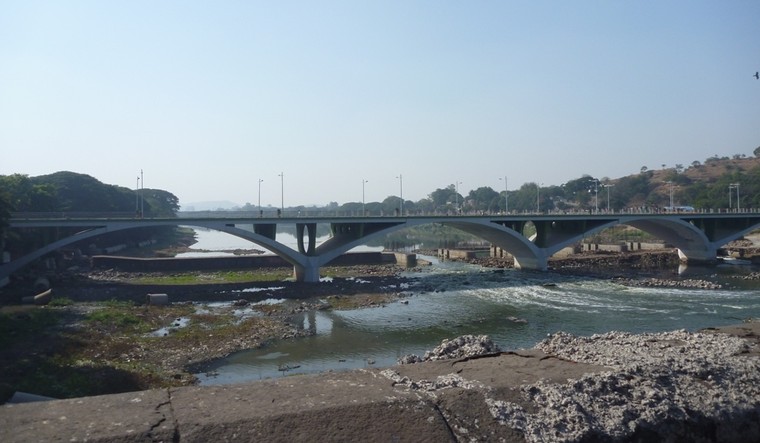
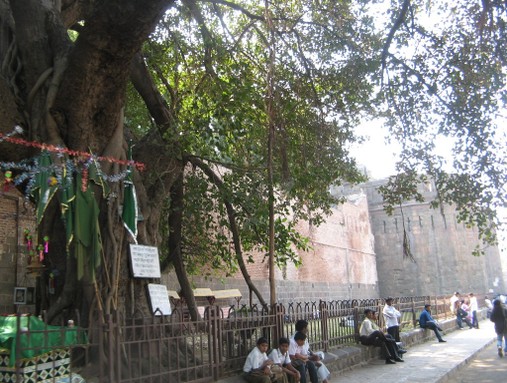
Pune or Poona:
Pune or Poona, is for one known because Bhagwan -
Moreover, it is in Maharashtra, a state which is known for its ancient cave architectures. Ajanta and Ellora are the best known and largest, where Buddhist and Hindu phases follow each other. But Pune and its surroundings offer also a number of smaller caves. The best time to visit the region is at the end of the monsoon season, when from all the hills waterfalls cascades down. But be careful when hiking: a very toxic encounter happens faster than you would like it ....there are snakes everywhere.
In the picture above the outside walls of the Shaniwarwada Palace: It is a historic fortress and was also the former seat of government of the Peshwa in Pune:
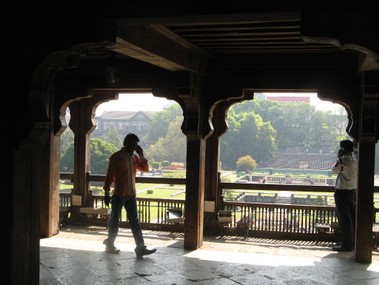
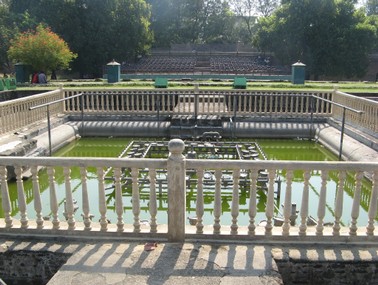
Simple street scenes: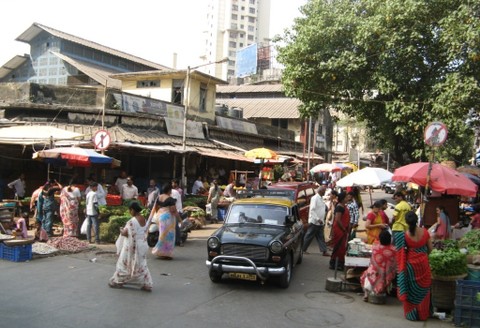
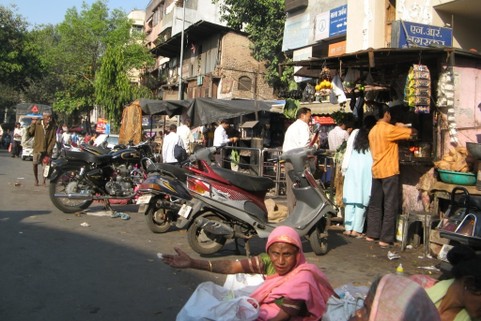
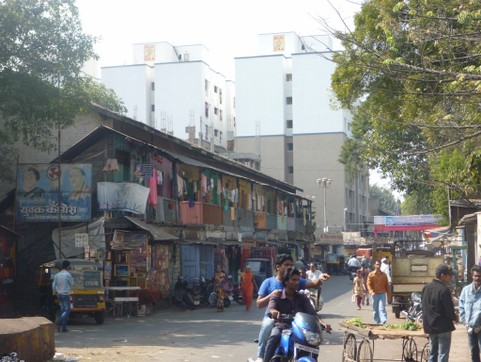
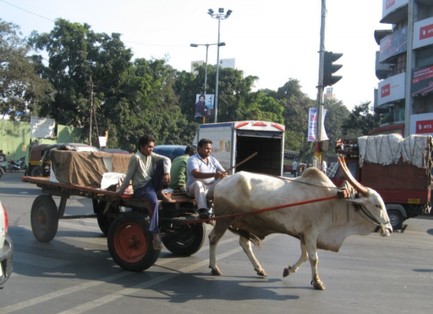
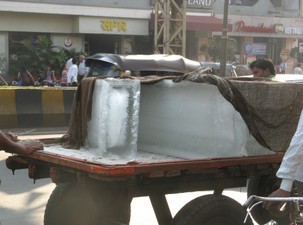
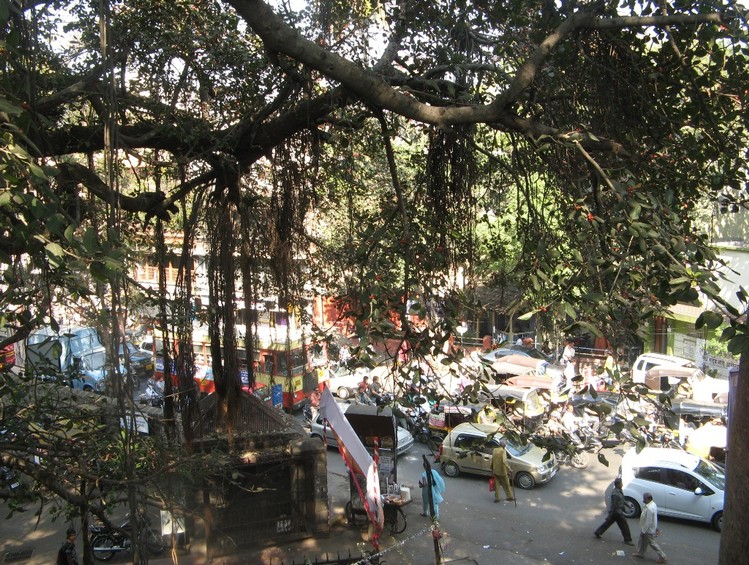
The Osho center:
This used to allow just anybody in and everybody could marvel on a guided tour. Because all the brown red clothed foreigners who reside there have to undergo a current HIV-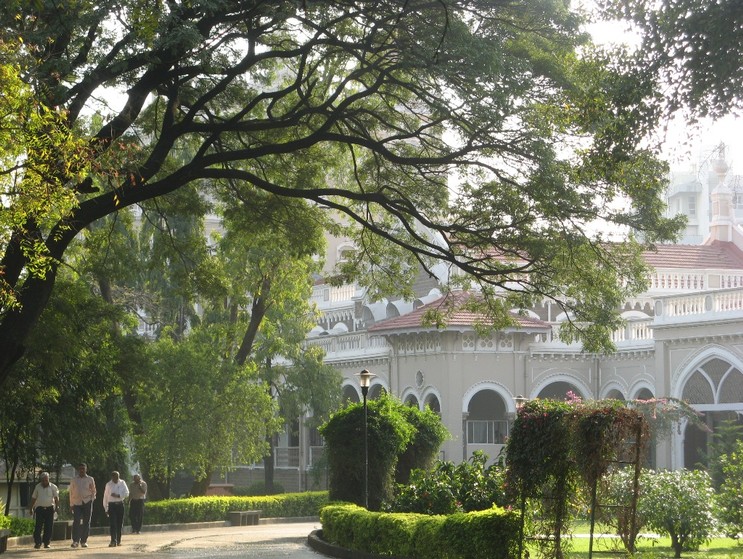
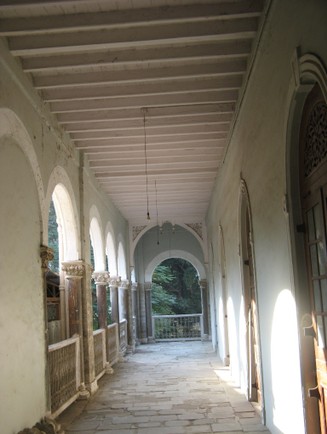
Gandhi prison:
The investment of the Aga Khan Palace, where in 1942 were Mahatma Gandhi, his wife Kasturba and other key figures in the Indian independence movement held captive, is now a museum. A striking feature of the site and the garden is that it breathes a deep calm. One has the impression to meet here more the life of a religious leader than a politician. Maybe it shows something about the spiritual rank of Gandhi, who knew how to combine the two .... The people who come here as visitors take a devotional mood, even if I have to learn here that Gandhi in his own country was not without controversy. The Museum keeps the original furniture in the rooms. It is, however, limited to the view through a glass pane.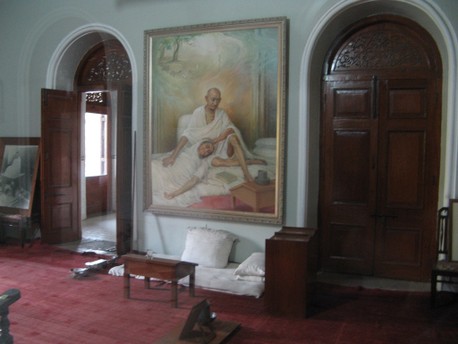
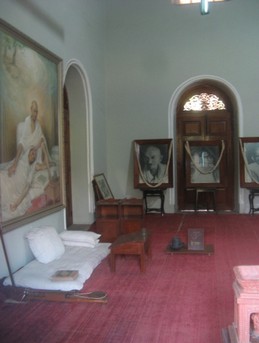
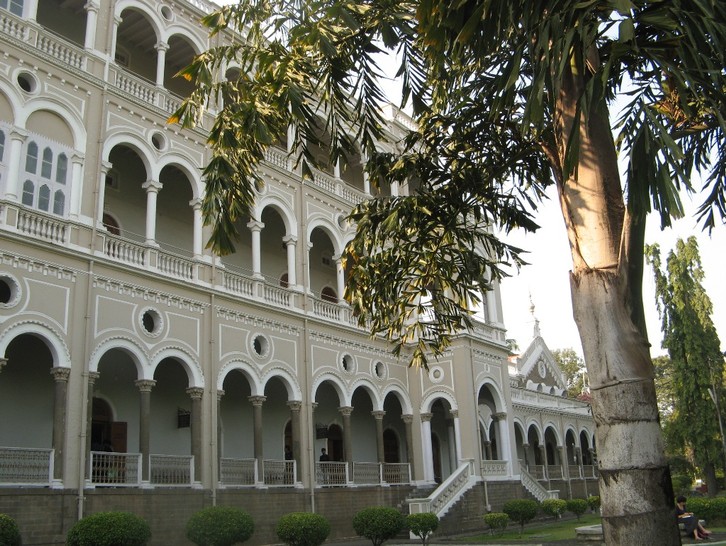
An ancient Buddhist temple, the cave temple Panchalesvara::
the temple was carved in the same way as the other rock caves in Maharashtra and originates from the Rashtrakuta period (8th / 9th century):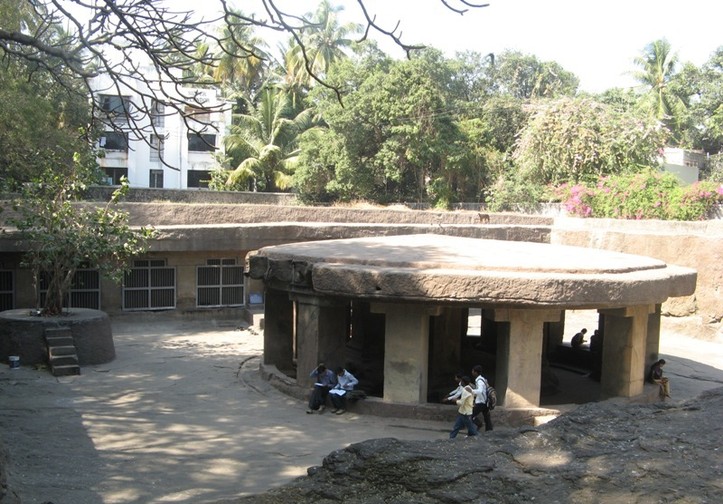
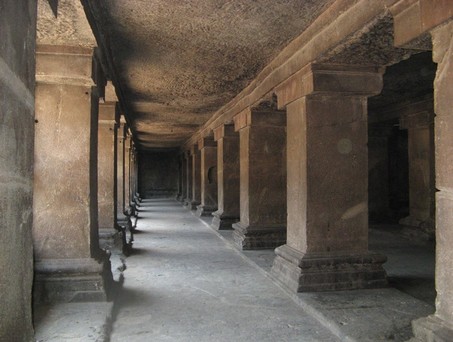
Behind the circular temple, completed by the modern barred window, then the portico with the sanctuary. Very interesting to me is this very early plant designing, insofar as it reminds one of the pyramids in Gaza, or the Temple of Hatshepsut, as they also had a kind of temple-
Inside the Panchalesvara temple: 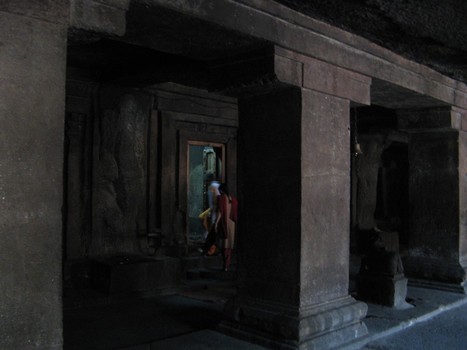
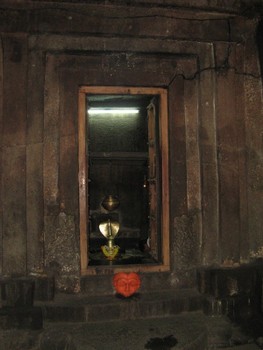
Also nearby is a temple built for a saint of the last century, who lived there -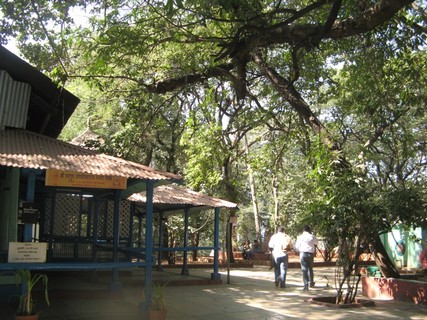
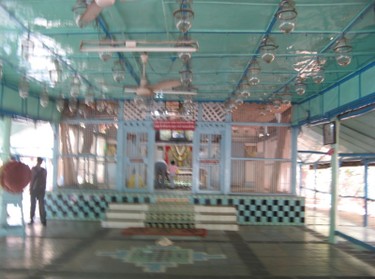
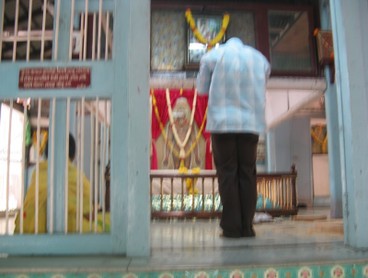
Burial of the dead:
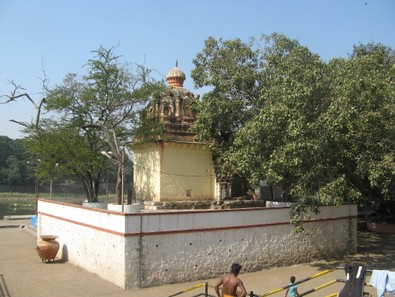
The dead are cremated and buried in the river. In the floating flower vessels the ash reaches the river. Since many of the dead are buried with jewelry, there are also people who search the river grounds during the day for gold jewelry: 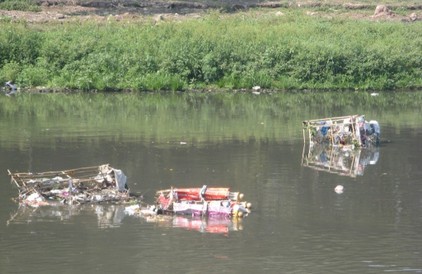
The surrounding area:
Just a few miles outside of Pune, life goes on as usual in the simple rural transition. More on the page about the Deccan:

